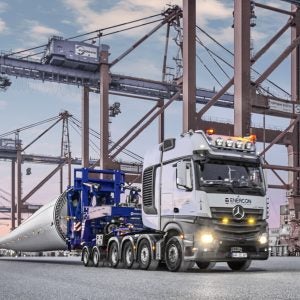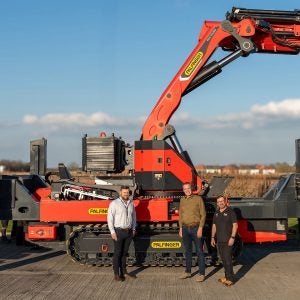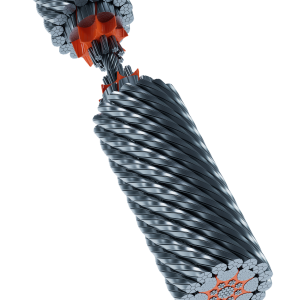The draft regulations will require employers who use conventional tower cranes, such as those erected and dismantled on site, to notify certain information about the crane to HSE, who will then make arrangements for this information to be made publicly available in a national register. The register will form part of a package of measures that involve HSE and the construction industry continuing to work closely to address issues around tower cranes such as improving the competence of installers and operators, and improving design.
The consultation seeks to find out views on the scope of the regulations, the information to be collected, the mechanism for submitting it and access to the information. Other elements of the consultation include the impact assessment, which sets out the costs and benefits of the proposed regulations; and other policy options, which involve extending the scope of the regulations to other tower crane types and/or to non-construction sites.
The draft regulations apply only to “conventional tower cranes used on construction sites”, and not self-erecting tower cranes. HSE said it had chosen to restrict the regulations to this type as “based on accident history, the risk profile of conventional tower cranes is greater”. It also said the cost to industry and HSE are higher if including self-erecting tower cranes, self-erectors often spend less time on site and the examination process is different between the two tower crane types.
HSE said it had opted to specify cranes used only on construction sites as the risk profile is greater in construction; many cranes outside construction sites are permanent placements in docks and storage yards, and are subject to greater controls through the Lifting Operations and Lifting Equipment Regulations (LOLER); minimal numbers of tower cranes are used for other activities, and as such do not warrant further regulation beyond LOLER; and extending beyond construction sites may draw in other crane types such as slewing jib cranes that are utilised in shipyards and in factory workshops.
The information required for the register includes the name and address of the tower crane owner; the address of the construction site; particulars sufficient to identify the tower crane including, where known, its date of manufacture; the date of the thorough examination; the name and address of the employer for whom the thorough examination was made; and whether the examination revealed any defects involving an existing or imminent risk of serious personal injury.
Where the tower crane is installed at a site long enough to require further examination, the draft regulations require the original notification to be updated with: particulars sufficient to identify the crane, the date of the examination, the name and address of the employer for whom the examination was made and whether any defects involving an existing or imminent risk of serious personal injury were revealed by the examination.
To see the draft regulations and take part in the consultation, click here. The consultation process closes on 9 October, 2009.






